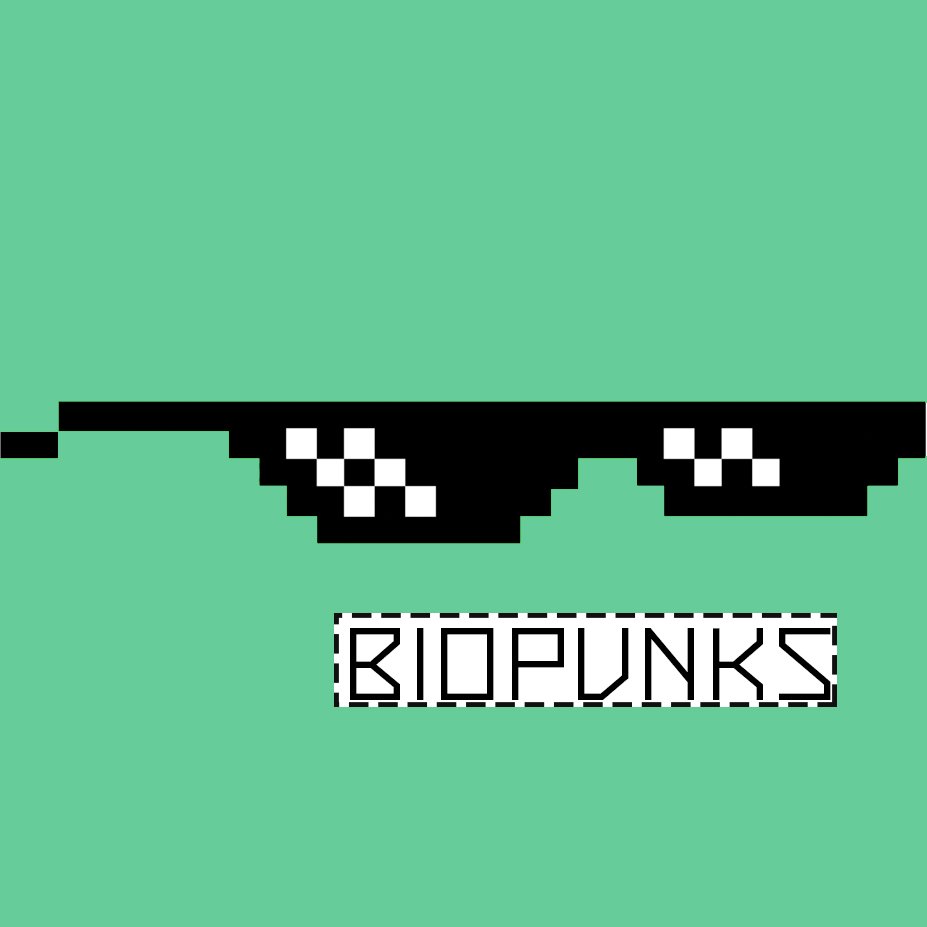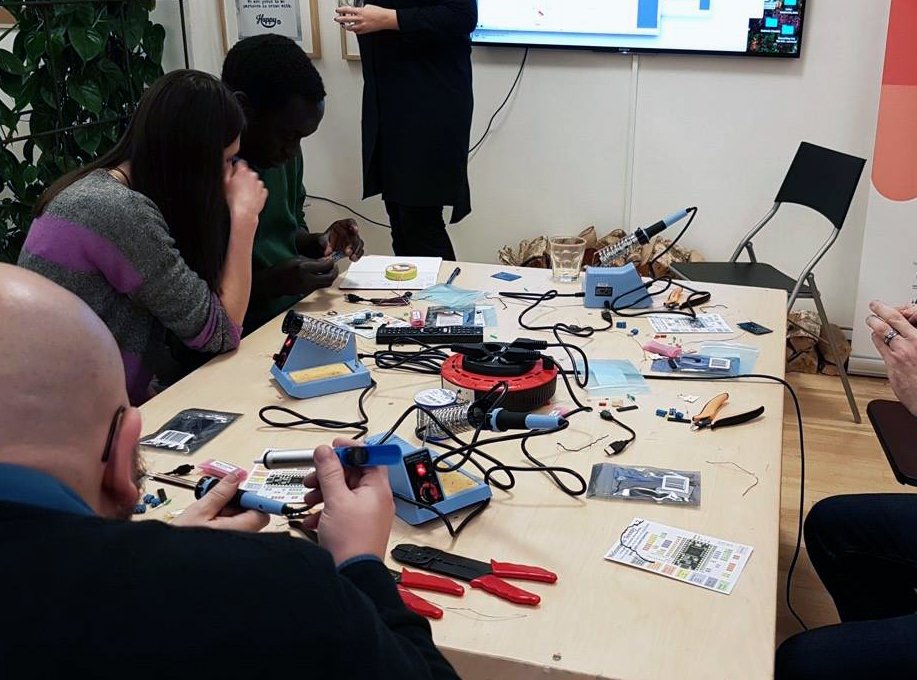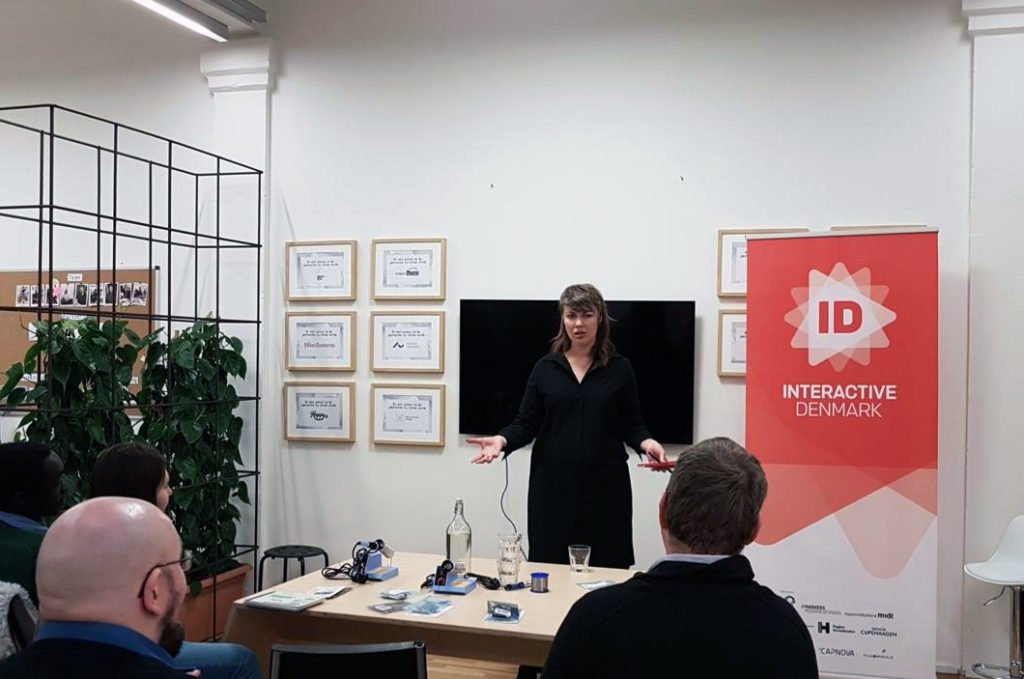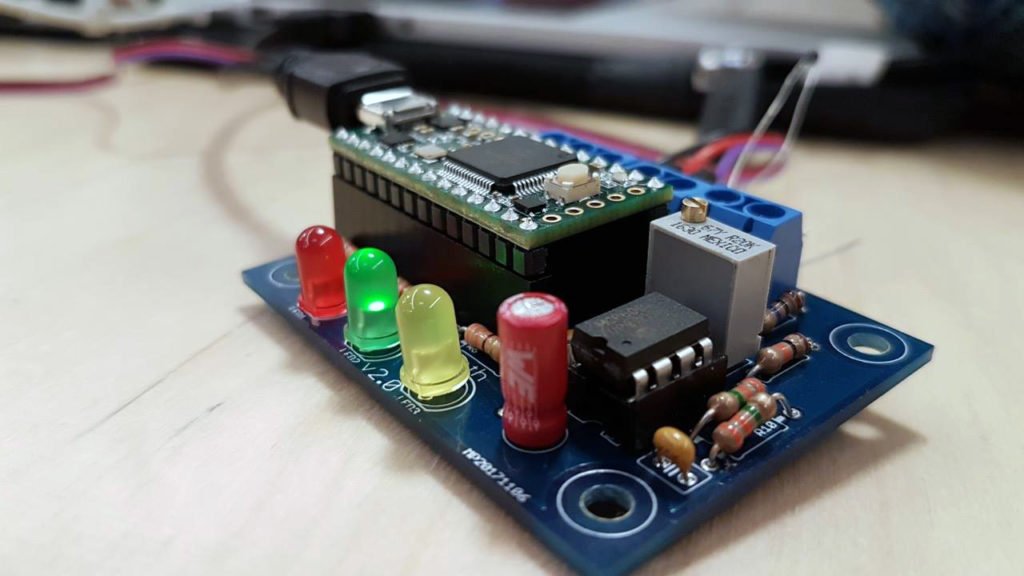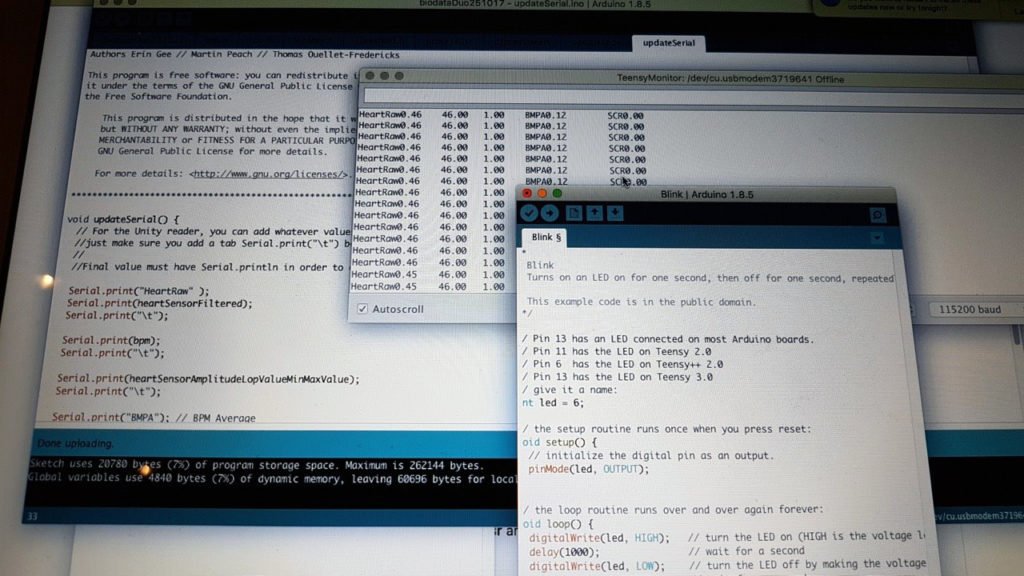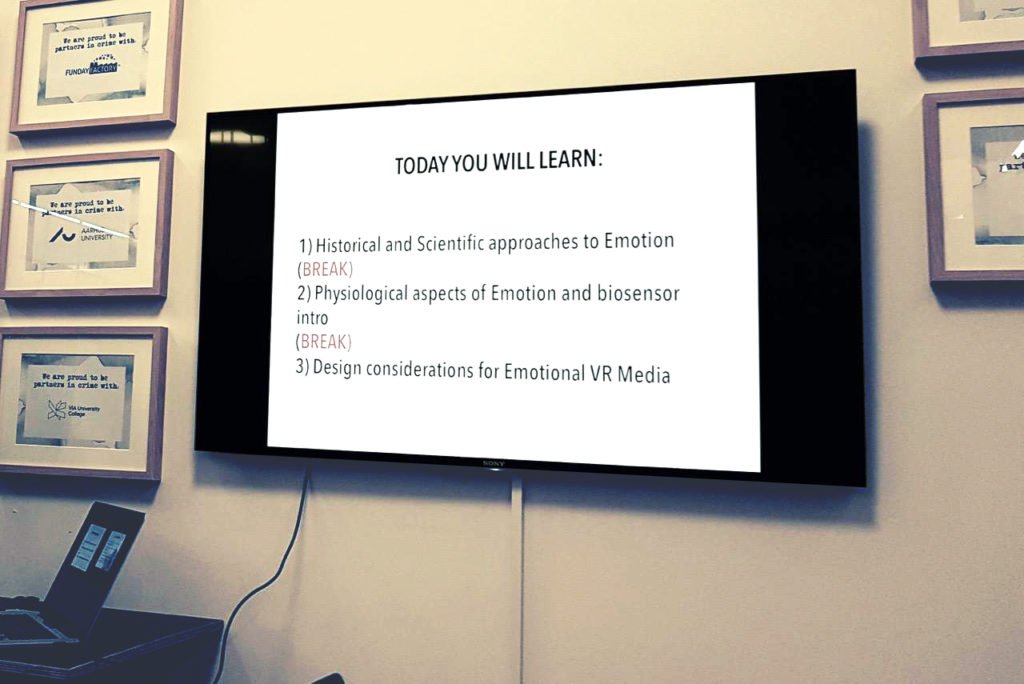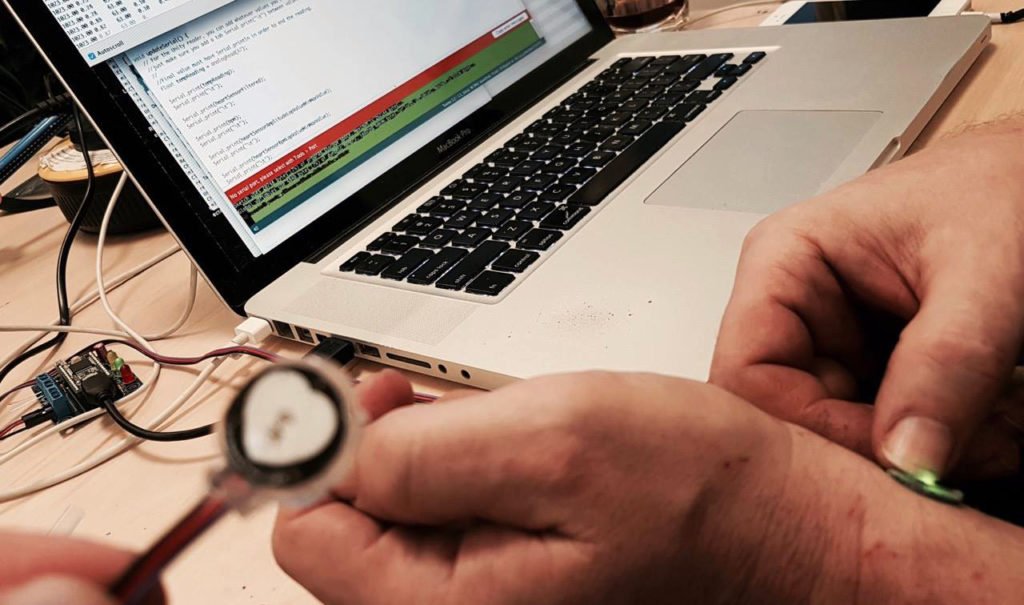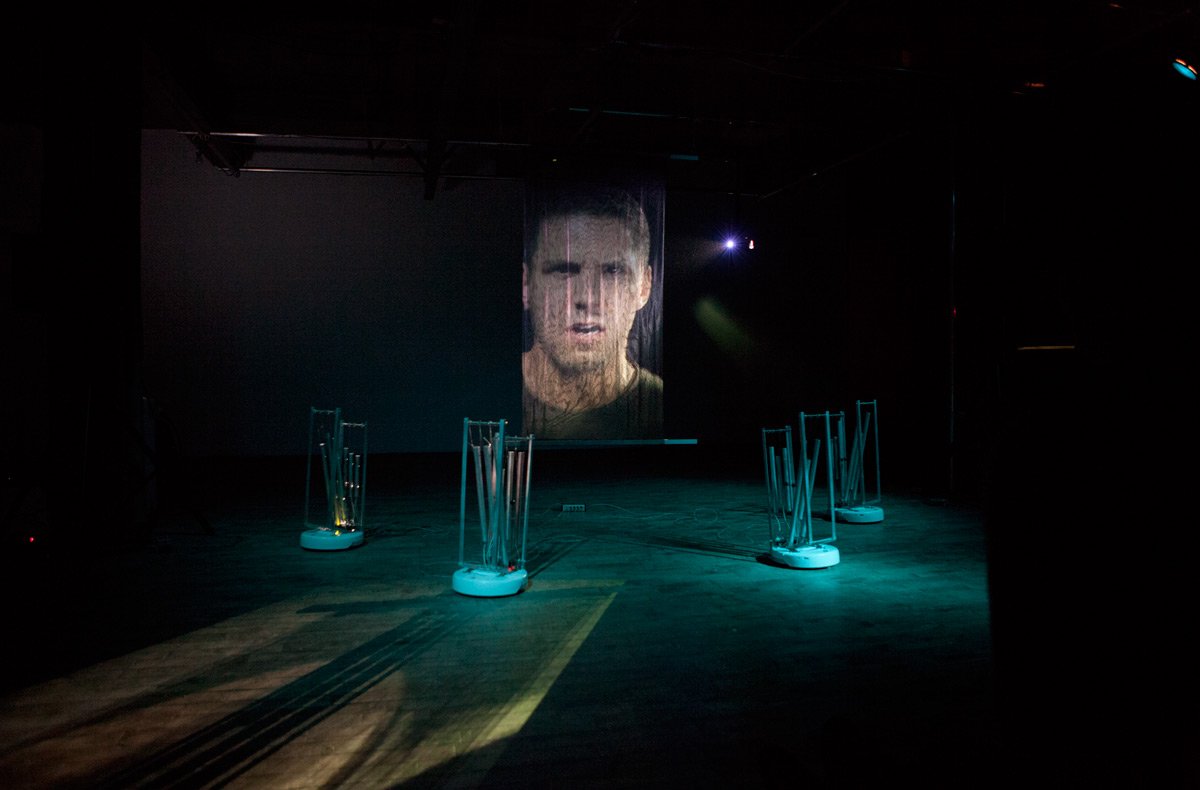BioPUNKS residency @ UMaine
I have been invited as Research Associate to work with the department of chemical and biological engineering at the University of Maine to initiate a new electronics prototyping group as part of a residency within their department from January until April 2018.
BioPUNKS (Prototyping Ur New Knowledge of Sensors) is an extra-curricular electronics workshop that meets once a week, and is open to all chemical and biological students from freshman to senior.
Based on core values of Sharing, Learning, and Curiosity, our goals are to:
- Learn from each other
- Develop unique student-led projects at the frontier of bioengineering and electronics
- Develop open-source tools for the larger DIY community.
For more information, click here to access the BioPUNKS website


